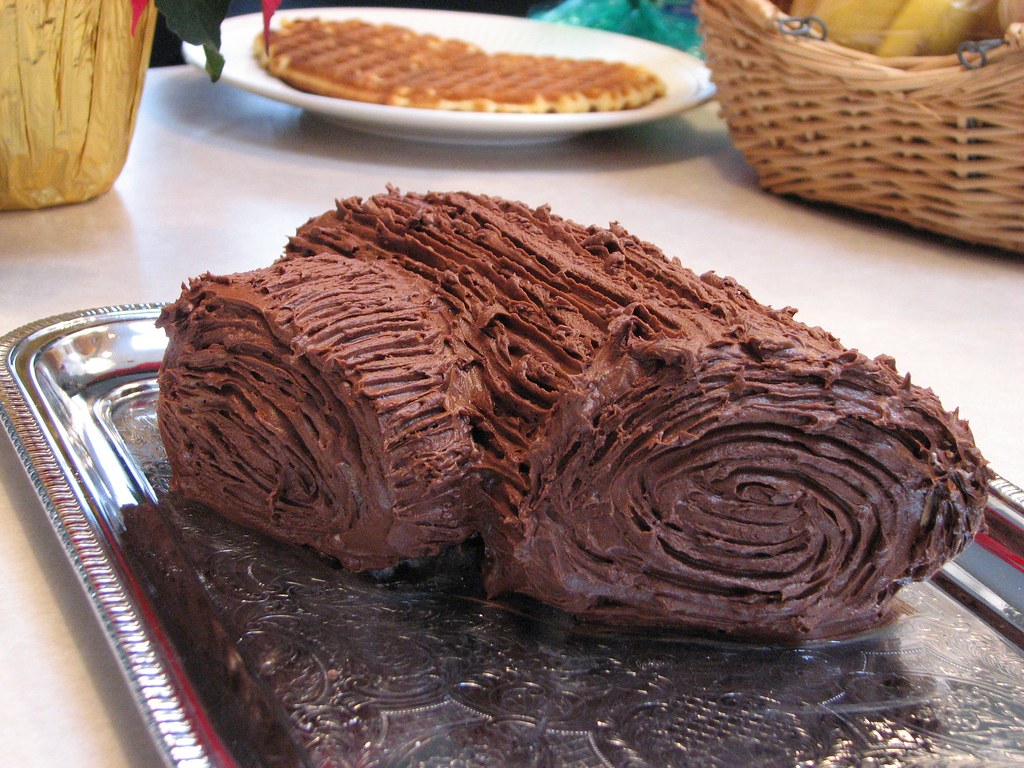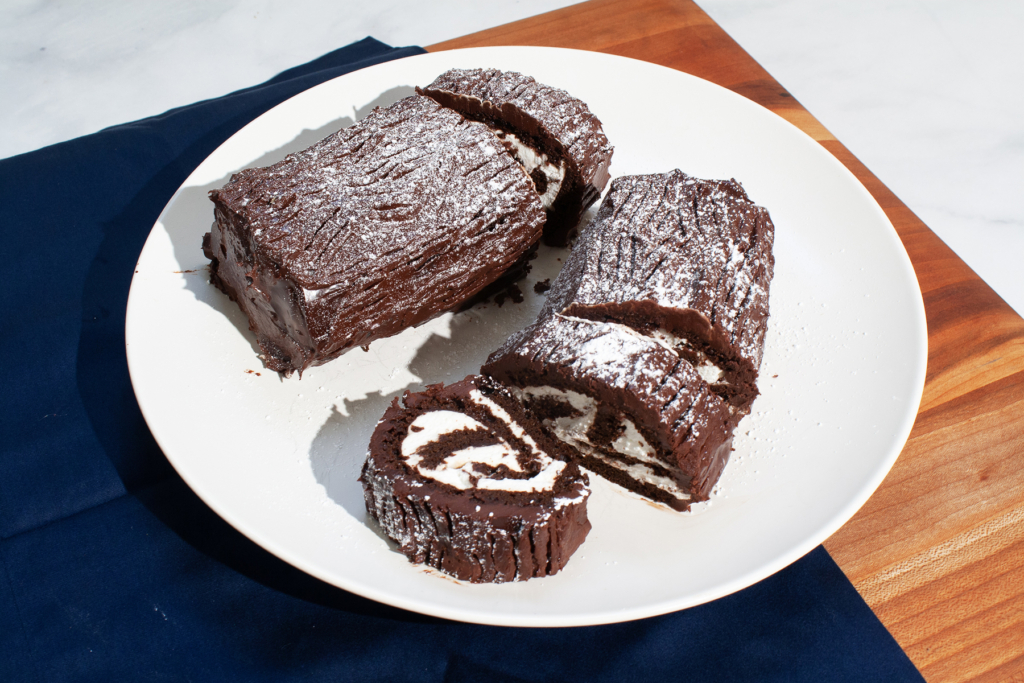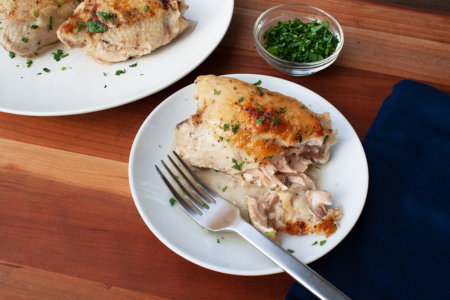Also known as yule log, this curious Christmas dessert made to resemble a tree log is a definite attention-grabber at the dining table, rich in both flavor and history.
A Brief History of Bûche de Noël
The history of the buche de noel starts with a winter solstice ritual from medieval times. People would bring a log of wood home to burn on the hearth to protect the home and bring a bountiful harvest for the next year. It also served as the center of activities and storytelling during the festive season.
So how did we evolve from a yule log to a yule log-shaped cake? It’s believed that the tradition started after a proclamation by Napoleon Bonaparte to close all chimneys during winter (supposedly to protect from illness) in France. As they could no longer continue the tradition of burning the yule log, families made buche de noel as a delicious and symbolic alternative.

The practice remained popular in France and even spread to other countries in Europe as well as parts of North America.
What Does Bûche de Noël Taste Like?
The flavor profile of buche de noel varies depending on the kind of icing and cake used. But generally, it’s a lightly sweetened, pillowy soft cake with a creamy filling and a thick layer of sweet and buttery chocolate icing.
How is Bûche de Noël Made?

Buche de noel is made from a sheet of sponge cake, traditionally Genoise cake. The sheet cake is coated with a layer of icing or cream, rolled to form a cylinder shape, then decorated with icing. Chocolate buttercream is customary, but variations like chocolate buttercream with coffee and liquor or chocolate ganache (which we used in our mini yule logs) are also available.
Usually, the tines of a fork will be dragged along the icing to make it look like tree bark. Additional decorations can also be incorporated to make it look even more festive, woodsy, or both – a sprinkling of powdered sugar to mimic snow, faux mushrooms made from marzipan or meringue, fresh berries, and even actual tree branches are all popular additions.

Feature Image: Larry White from Pixabay



